
XE704 Royal Air Force Hawker Hunter T.72 Photo by Chris Lofting ID 1304825
Originally designed for the Royal Air Force, the Hawker Siddeley Hunter is a fighter/ground attack aircraft of the 1950s and 60s. Famed as one of the UKs most widely exported designs (operating as part of 19 air forces), the Hunter is still in service today, with four active in the Lebanese Air Force.
.jpg/1200px-Hunter_-_Shuttleworth_Military_Pageant_June_2013_(9187713516).jpg)
Hawker Hunter Wikipedia
Hawker Hunter One of the most successful jet aircraft produced by Hawker. Hawker Hunter Prototype WB188 Developed during the late 1940s and early 1950s, the Hawker Hawker P.1067 Hunter is a transonic British jet aircraft and is a story of numerous trials and developments, many abandoned before reaching anywhere near the production stage.

XF418 Hawker Hunter F.6A United Kingdom Royal Air Force (RAF) Gerrit Griem JetPhotos
The Hawker Hunter is a transonic British jet-powered fighter aircraft that was developed by Hawker Aircraft for the Royal Air Force (RAF) during the late 1940s and early 1950s.

Amazing facts about Hawker Hunter Crew Daily
Hawker Hunter. The Hawker Hunter was a British jetfighter developed for the Royal Air Force (RAF) during the late 1940s and early 1950s. It was the first jet-powered aircraft produced by Hawker to be procured by the RAF.

Royal Air Force RAF Hawker Hunter c1 Photograph by Nir BenYosef Pixels
The Hawker prototype aircraft. The sleek transonic Hunter was a mainstay of frontline RAF operations in the 1950s and 1960s. The Hawker Siddeley fighter-and-attack aircraft was highly popular abroad, too, serving in 21 non-British air arms. It began life as the RAF's premier fighter. Then, as it was phased out of that
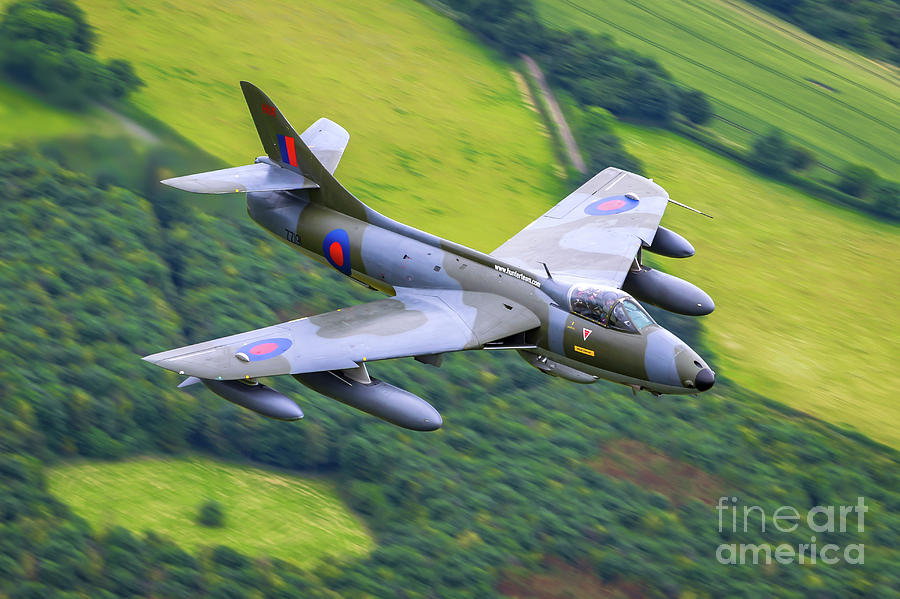
Royal Air Force RAF Hawker Hunter c2 Photograph by Nir BenYosef Pixels
The Hunter was the first high-speed jet fighter with radar and fully-powered flying controls to go into widespread service with the Royal Air Force. It was one of the most successful of the British post-war jet fighters; over 1000 were purchased by the Royal Air Force.

Hawker Hunter T7 RAF Cosford Airshow 2018, Sunday 10th June 2018 Air show, Hawker, Fighter jets
HAWKER HUNTERT.7A XL568/9224M MUSEUM ACCESION NUMBER X002-9718. 1957/8. Built by Hawker Aircraft Ltd at Kingston (contract number 6/Acft/12626) as one of the first production batch (XL563-XL579) of T.7 two seat trainers built at Kingston, delivered from December 1957. 45 T.7s were eventually built for the RAF, plus six converted from single.

XF435 Hawker Hunter FGA.9 United Kingdom Royal Air Force (RAF) Robert Pittuck JetPhotos
The Hunter F.1 entered RAF service with 43 Squadron in July 1954, replacing their Meteor F.8s. The F.2 followed in November, equipping 257 Squadron. Strangely the Sapphire-engined F.2 order was cut back, despite it not having the flame-out problem. Both variants were also short on fuel, something Hawkers were looking at with some concern.

The Aviation Photo Company Latest Additions RAF 45 Squadron Hawker Hunter FGA.9 XF431/62 (1975)
No. 234 Squadron RAF had a long career within the RAF, being operational on flying boats in World War I and on fighter aircraft in World War II. After the war it remained a fighter unit till 1957.

The Aviation Photo Company Hunter (Hawker) RAF 54 Squadron Hawker Hunter FGA.9 XG264 at RAF
No matter what you love, you'll find it here. Search Raf hawker hunter and more. We've got your back with eBay money-back guarantee. Enjoy Raf hawker hunter you can trust.
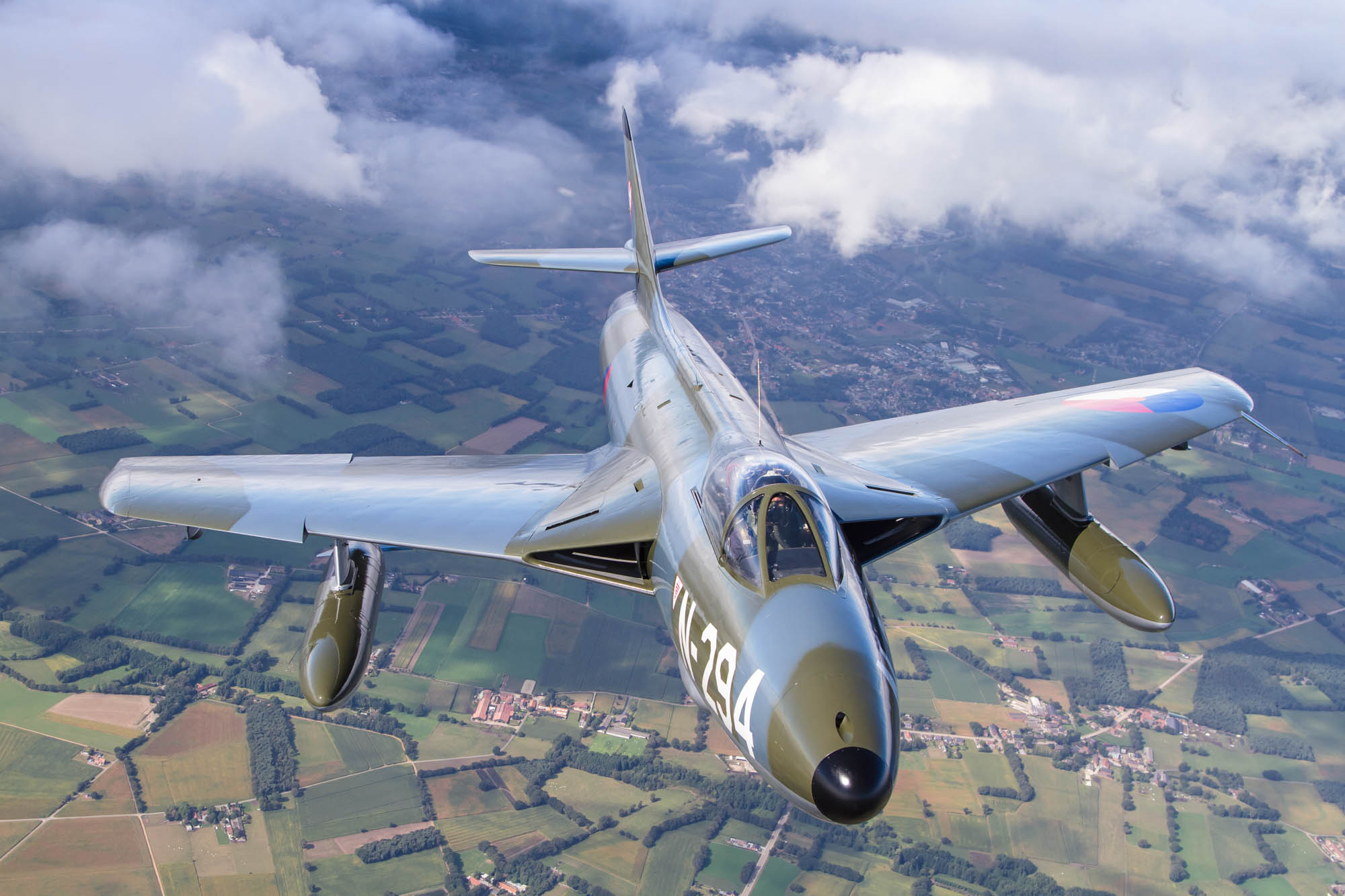
Aviation Photography Hawker Hunter F.6A
The Hawker Hunter F Mk.4 was the first major version of the aircraft and the first that could carry drop tanks or bombs on under-wing pylons. A total of 365 F Mk. 4s were produced, with production split between Hawker's factories at Kingston and Blackpool. The first Hunter F Mk.4 made its maiden flight in October 1954 and in March the.

XF382 Hawker Hunter F.6A United Kingdom Royal Air Force (RAF) Steve Smith JetPhotos
The Hunter was a single-seat, single-engine, swept-wing jet fighter, which first entered service with the Royal Air Force in 1954. The FGA.9 ground attack variant was based on the Hunter F.6 interceptor. Hawker Hunter FGA.9 XF511, photographed in 1974. This is the same type aircraft as that flown by Flight Lieutenant Pollack, 5 April 1968.
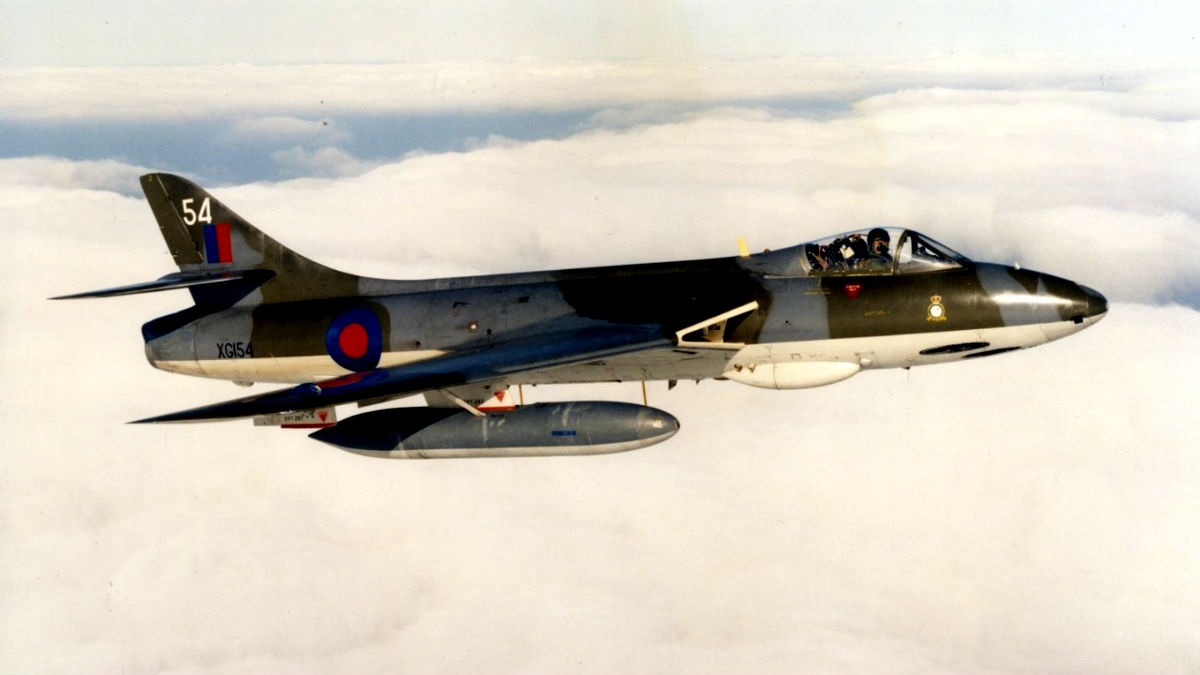
RAF Hawker Hunter Military Machine
The so called Hawker Hunter Tower Bridge incident occurred on Apr. 5, 1968 when Royal Air Force (RAF) Hunter pilot Alan Pollock performed unauthorised low flying over several London landmarks and then flew through the span of Tower Bridge on the Thames.
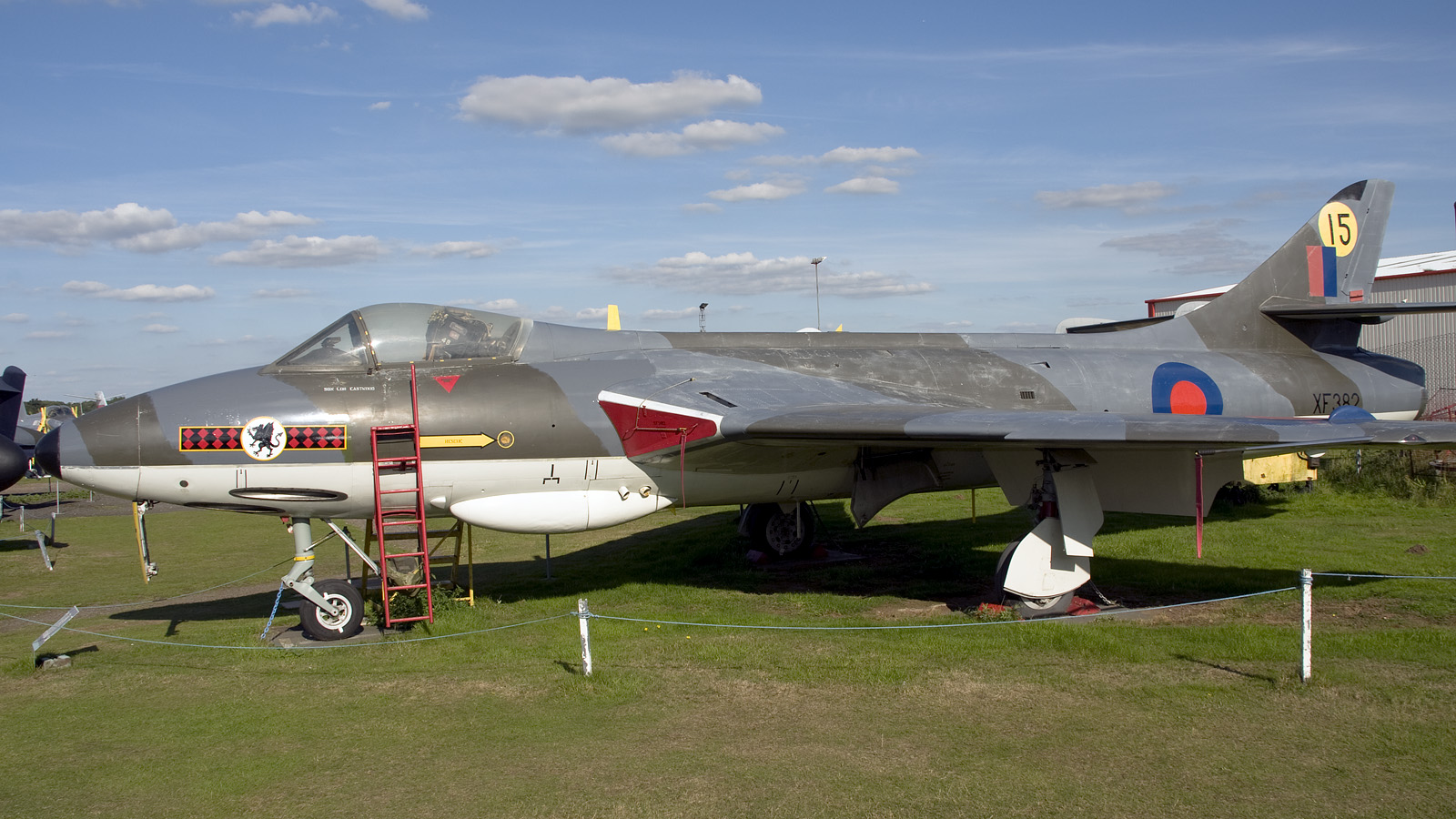
IMGP5001Hawker Hunter F6A XF382 RAF Air Show photography, Civilian and Military
When RAF Flight Lieutenant Alan Pollock took off in his Hawker Hunter on the 5 th of April in 1968, he didn't think about making history. He was simply upset about the humdrum plans for the RAF's 50 th anniversary celebration. The High Command had decided a daytime "fly past over the city was inappropriate."
[1600 x 1071] The rugged and reliable Hawker Hunter. First flight in July 1951. Not bad looking
The Hawker Hunter was the Royal Air Force and Royal Navy jet fighter of choice for decades since its inception, becoming the longest serving British jet-powered fighter of her time. Outwardly, the Hunter was of a most conventional design but the aircraft would go on to prove that she was much more than good looks with a pair of wings.

The Aviation Photo Company Latest Additions RAF 12 Squadron Hawker Hunter T.7 XL573 (1988)
The Hawker Hunter Tower Bridge incident occurred on 5 April 1968, [1] when Royal Air Force (RAF) Hawker Hunter pilot Alan Pollock performed unauthorised low flying over several London landmarks and then flew through the span of Tower Bridge on the River Thames.